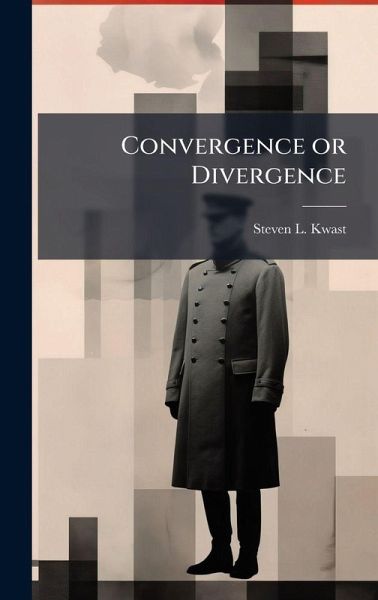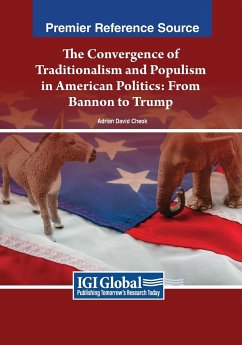
Convergence or Divergence
Versandkostenfrei!
Versandfertig in über 4 Wochen
28,99 €
inkl. MwSt.
Weitere Ausgaben:

PAYBACK Punkte
14 °P sammeln!
This paper suggests that Air Force doctrine, in general, and space doctrine, in particular, are moving in different directions and that this divergence poses a threat to our future capability as an air and space force. It identifies the airman and the institution as the root cause for this divergence. Airmen think too narrowly in their specialty and work in institutions that resist collective cooperation, broad perspectives, and overarching doctrine. It suggests mentoring airmen with broader perspectives and changing the Air Force institution to be consistent with combining air and space capab...
This paper suggests that Air Force doctrine, in general, and space doctrine, in particular, are moving in different directions and that this divergence poses a threat to our future capability as an air and space force. It identifies the airman and the institution as the root cause for this divergence. Airmen think too narrowly in their specialty and work in institutions that resist collective cooperation, broad perspectives, and overarching doctrine. It suggests mentoring airmen with broader perspectives and changing the Air Force institution to be consistent with combining air and space capabilities in an overarching doctrine of air and space power. The research was prepared by reviewing key air and space doctrinal documents published since 1918 and interviewing people at all levels of involvement in air and space doctrinal development-both inside and outside the Air Force. These sources were combined to analyze the issues and support the thesis. This work has been selected by scholars as being culturally important, and is part of the knowledge base of civilization as we know it. This work was reproduced from the original artifact, and remains as true to the original work as possible. Therefore, you will see the original copyright references, library stamps (as most of these works have been housed in our most important libraries around the world), and other notations in the work. This work is in the public domain in the United States of America, and possibly other nations. Within the United States, you may freely copy and distribute this work, as no entity (individual or corporate) has a copyright on the body of the work. As a reproduction of a historical artifact, this work may contain missing or blurred pages, poor pictures, errant marks, etc. Scholars believe, and we concur, that this work is important enough to be preserved, reproduced, and made generally available to the public. We appreciate your support of the preservation process, and thank you for being an important part of keeping this knowledge alive and relevant.












